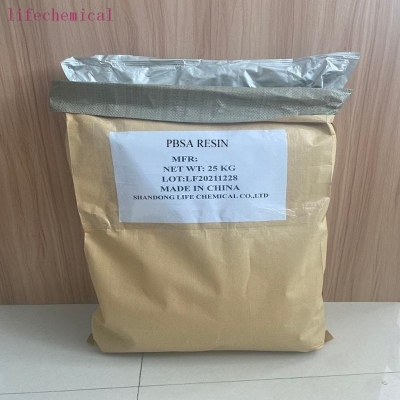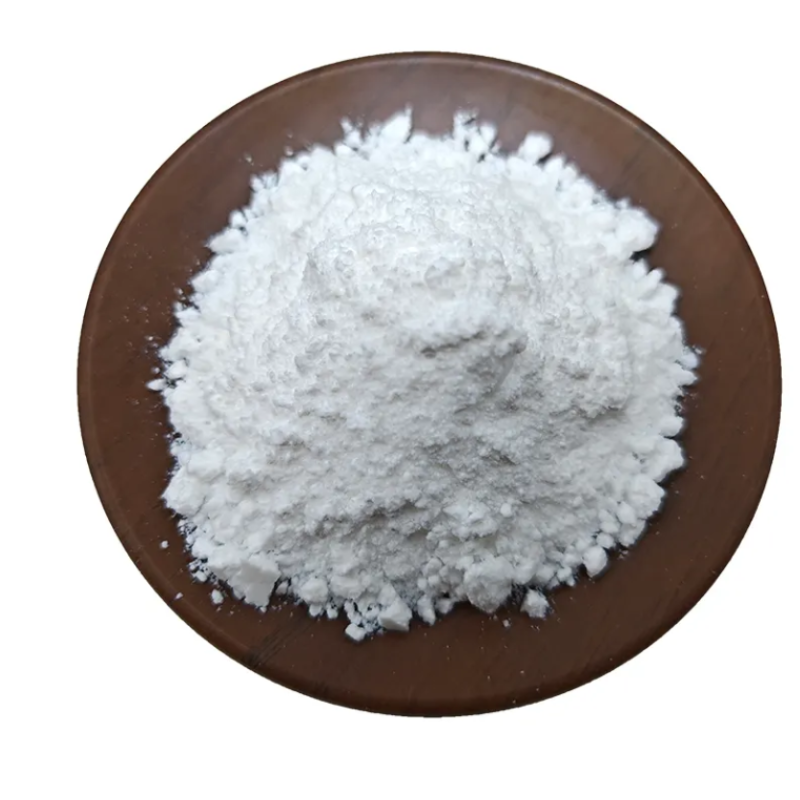-
Categories
-
Pharmaceutical Intermediates
-
Active Pharmaceutical Ingredients
-
Food Additives
- Industrial Coatings
- Agrochemicals
- Dyes and Pigments
- Surfactant
- Flavors and Fragrances
- Chemical Reagents
- Catalyst and Auxiliary
- Natural Products
- Inorganic Chemistry
-
Organic Chemistry
-
Biochemical Engineering
- Analytical Chemistry
-
Cosmetic Ingredient
- Water Treatment Chemical
-
Pharmaceutical Intermediates
Promotion
ECHEMI Mall
Wholesale
Weekly Price
Exhibition
News
-
Trade Service
After 6 years of exploration and evaluation by geologists, the Xinjiang Bureau of Geology and Mineral Resources announced on the 25th that a world-class super-large lead-zinc mine with a resource reserve of nearly 19 million tons was discovered in the Huoshaoyun area in Hotan County, Hotan Prefecture, Xinjiang.
The largest lead-zinc mine in resource reserves
.
According to reports, the Huoshaoyun lead-zinc mine was originally discovered in 2011 in the hinterland of the Karakoram Mountains in Hotan County by the Eighth Geological Team of the Xinjiang Geological and Mineral Bureau
.
The mining area is located in an uninhabited plateau above 5,500 meters above sea level, with an area of 6.
6 square kilometers
.
The ore body has the characteristics of large thickness, shallow burial and high grade.
The lead-zinc ore resource reserves are 18,949,600 tons, of which the reserves that can be used for industrial mining amount to 18.
873,700 tons, accounting for 99.
6% of the total reserves
.
Lead and zinc are widely used in the fields of electrical appliances, machinery, military, metallurgy, chemistry, light industry, and medicine.
Lead also has many uses in the nuclear and petroleum industries
.
China has discovered lead and zinc resources in 27 provinces.
Currently, they are mainly concentrated in 6 provinces including Yunnan, Gansu and Inner Mongolia.
Xinjiang is not among them
.
The largest lead-zinc mine in resource reserves
.
According to reports, the Huoshaoyun lead-zinc mine was originally discovered in 2011 in the hinterland of the Karakoram Mountains in Hotan County by the Eighth Geological Team of the Xinjiang Geological and Mineral Bureau
.
The mining area is located in an uninhabited plateau above 5,500 meters above sea level, with an area of 6.
6 square kilometers
.
The ore body has the characteristics of large thickness, shallow burial and high grade.
The lead-zinc ore resource reserves are 18,949,600 tons, of which the reserves that can be used for industrial mining amount to 18.
873,700 tons, accounting for 99.
6% of the total reserves
.
Lead and zinc are widely used in the fields of electrical appliances, machinery, military, metallurgy, chemistry, light industry, and medicine.
Lead also has many uses in the nuclear and petroleum industries
.
China has discovered lead and zinc resources in 27 provinces.
Currently, they are mainly concentrated in 6 provinces including Yunnan, Gansu and Inner Mongolia.
Xinjiang is not among them
.







